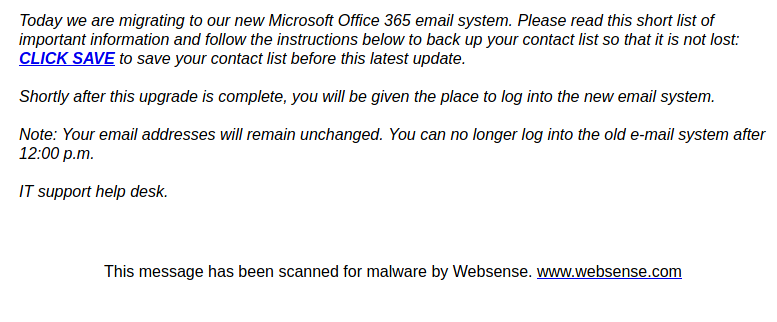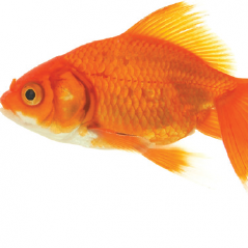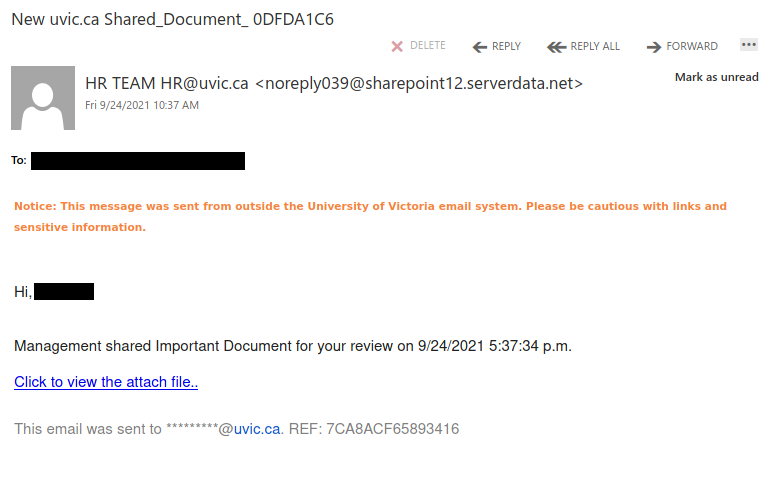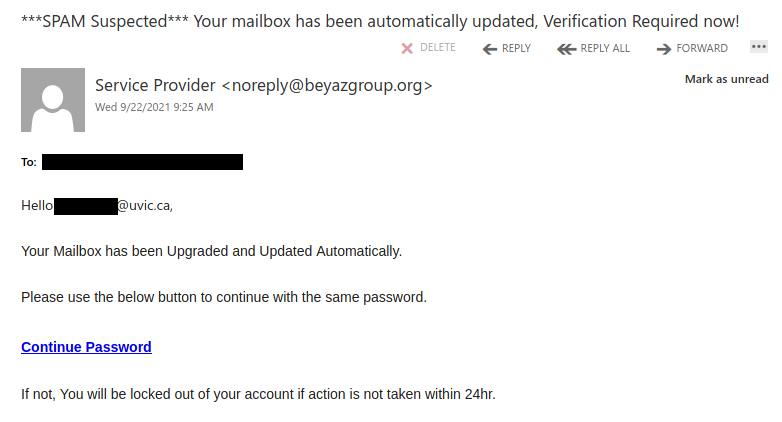As always, don’t rush to click on the link; you should hover over it first to see where it goes. This one goes to a page on a free website builder, which is a sure sign this upgrade notice isn’t legitimate.
Notice the note at the end saying “This message has been scanned for malware”. That should not be interpreted as a sign the email is safe; the phisher could have faked that text.





